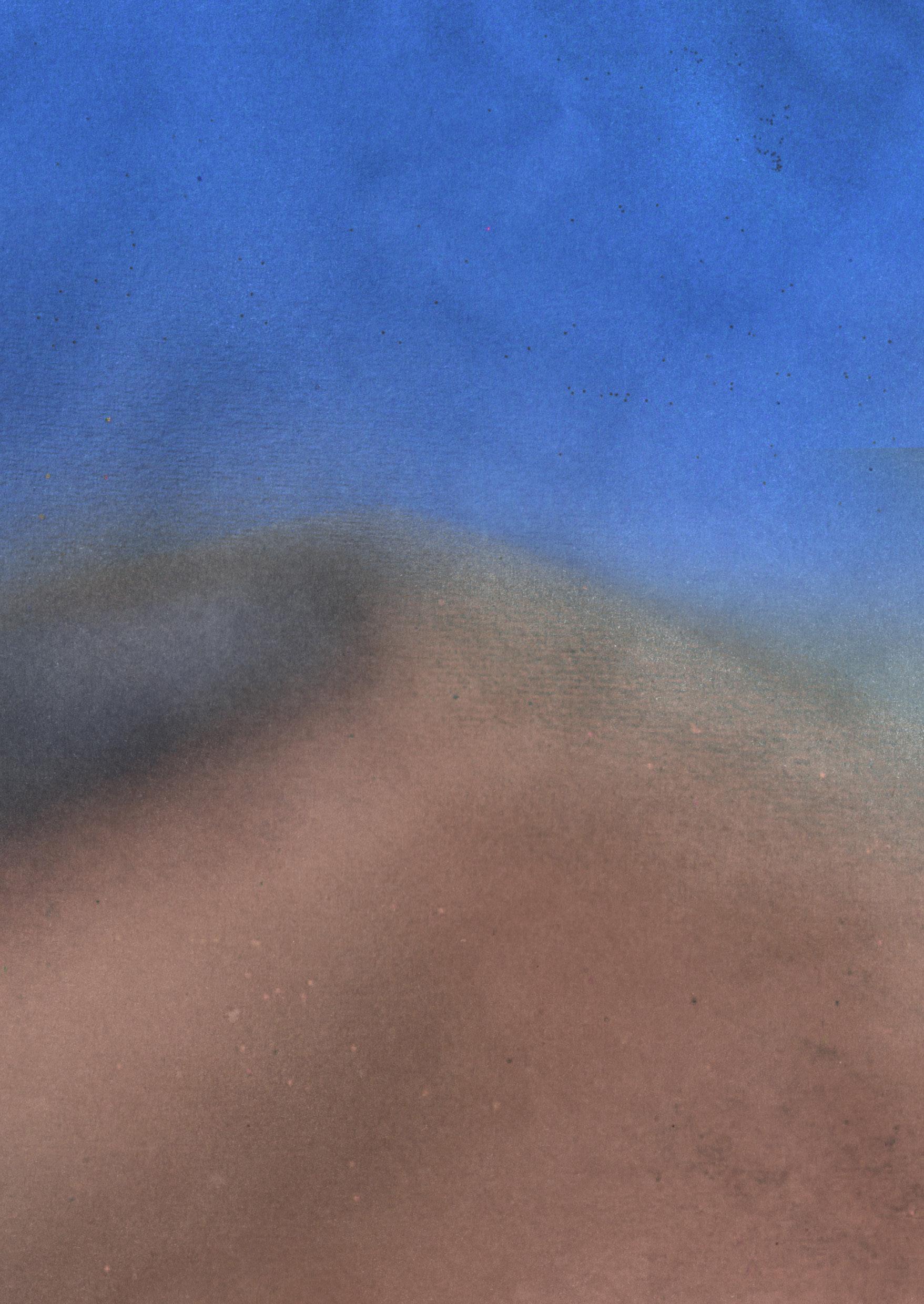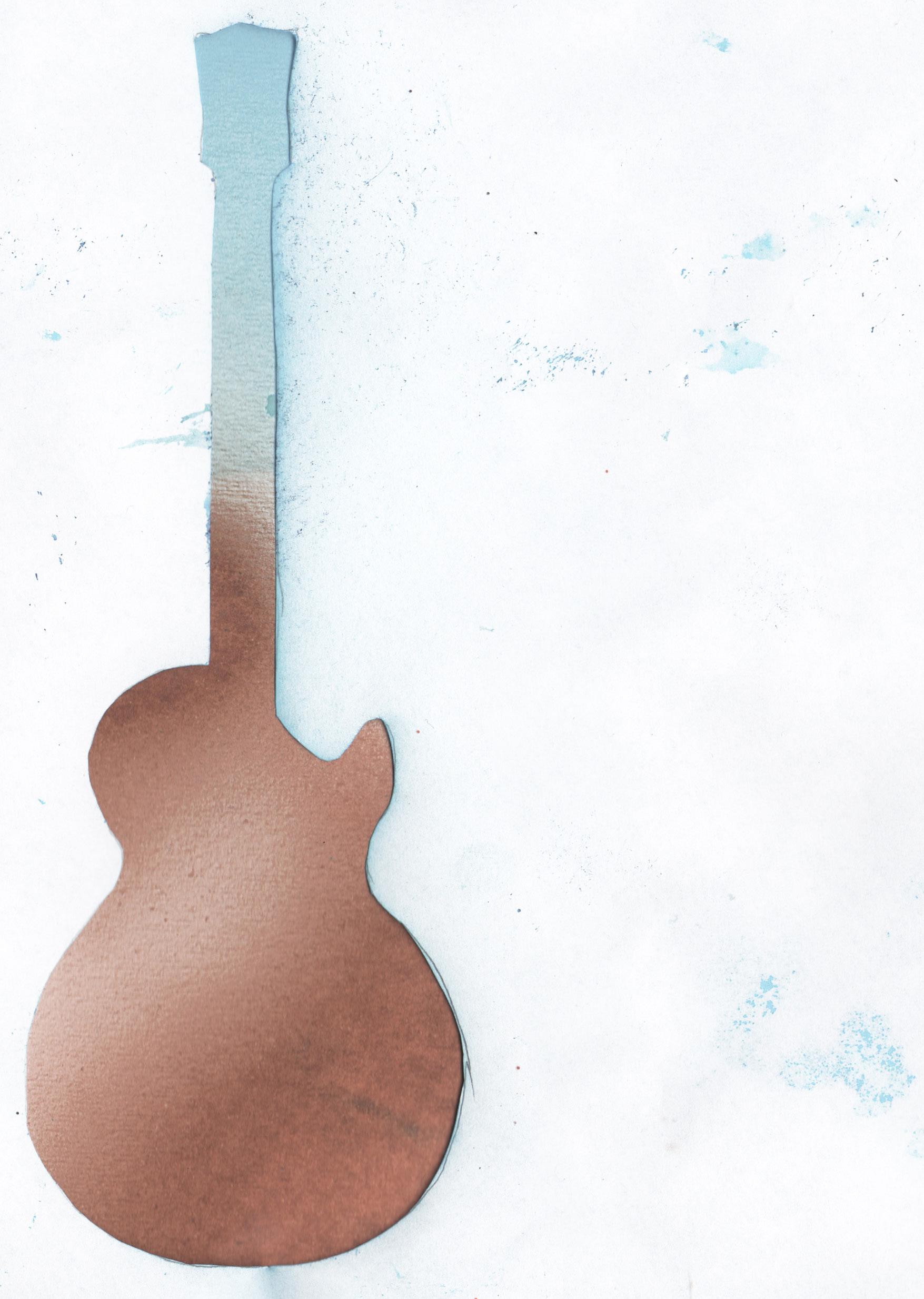
6 minute read
Blues of the Sahara | Urszula Świątek
It’s always a wonder when a local music scene finds international fame. One moment you’re thinking: we’ve reached the end of art, “good artists copy, great artists steal”, nihil sub sole novum, and such. Then, suddenly, you gain access to a whole new world of sound. Sure, anything new usually comes from a synthesis of what we already know, but that does not rule out the originality of the resulting blend. So what is Tuareg or Tamasheq guitar music and why is it among today’s greatest?
Let’s start with the name itself. The Kel Tamasheq, are “speakers of Tamasheq” – Tamasheq being the languages and dialects spoken by Berber people in large parts of Mali, Niger, Algeria, Libya, and Burkina Faso. Another name for the Tamasheq people is Tuareg. The difference between the two names is that Kel Tamasheq is a self-designation of the people, while Tuareg is a place-derived name or an Arabic exonym – a common, external name for a geographical place. In the Western world, the two terms are used interchangeably.
Advertisement
Once nomadic pastoralists, now seminomadic, the Tuareg call the desert their home. What we know as the Sahara, the Tuareg know as ténéré, “desert” or the plural tinariwen, “deserts”. The Kel Tamasheq are an ethnic minority in each of the countries they inhabit and have faced persecution which led to their exile and rebellion. Rising urbanization and desertification forced them to abandon their traditional ways and threw them into a reality of rapid social change.
Amidst the struggle and division, it was music that became the unifying voice, spreading across the desert through bootleg cassette tapes. The story of Tuareg guitar music – a new genre also called assouf, teshumara, or desert blues – begins in the late 70s in Tamanrasset, Algeria. There, a group of men from north-eastern Mali, amongst them Ibrahim ag Alhabib, Inteyeden and his brother Diarra, formed what was soon to be called Tinariwen, from Arabic Kel Tinariwen – “people of the deserts”. These young men who left their homes in protest of both the modern state borders and the caste hierarchies of their elders were the ishumar, the “unemployed”. They wandered around the desert and desert towns hoping to find the lost feeling of home. They fought in the Tuareg rebellion of 1990-1991. These were the blues of that place and generation, their assouf – a word crucial for the Kel Tamasheq – a feeling of loneliness and isolation, a longing and existential search for home.
Assouf is the musicians’ preferred term for their music style. Their songs probe the modern Tuareg condition: life in the desert, the loss of home, existential fears, political disunities, and systemic injustices. Their lyrics are often political, calling for revolutionary change. The poetic nature of their lyrics reaches back to old Tuareg poems of ritual, bravery, satire, beauty, and war. Lyrics about solitude or existential angst are found side by side with political songs like “Kel Tinariwen” from Tinariwen’s latest album Amadjar:

Zofia Klamka & Karol Mularczyk
As for the music style of Tamasheq guitar music, it’s a diverse blend of traditional Tuareg rhythms and modes of solo and group singing, and outside influences. The rhythms are the beats of tendé drums and clapping; the melodies take after songs played on the teherdent lute and the imzad — a one-stringed bow instrument. Foreign influences include the chaabi protest music of Morrocan bands, Algerian pop rai, the classical pop of Egypt, guitar music in the style of Ali Farka Toure, and influence from western rock and pop music of such acts as Jimi Hendrix, Led Zeppelin, or Dire Straits.
The Tamasheq assouf music scene has been active for decades now, so new generations of musicians are adding even more elements to the mix. Tuareg guitar music is unchangeably alive and dynamic. Starting with Tinariwen and their continued legacy, the younger generation’s approach to protest and rebellion differs from the earlier bands. Where the bandmembers of Tinariwen would fight in rebellions with both guns and music, younger artists do not really identify with the ishumar movement anymore. Sadam Ag Ibrahim, the lead singer of the band Imarhan says that their music “is more of a mix. It’s a bit more modern, more open to the world”, although guitarist Bombino and Anana Ag Haroun from the band Kel Assouf acknowledge Tinariwen as “the people who opened the door, and woke the Tuareg people up”. The younger generation of Tuareg musicians still associates very much with assouf. They feel that they live in a strange world of unrest and injustice. But they believe in preserving their own culture while absorbing what’s valuable from other cultures – they believe in change through communication, art, and education.
Another quite recent development in Tuareg music is the rise of female acts. Fatou Seidi Ghali, lead guitarist and founder of Les Filles de Illighadad, has been deemed the first Tuareg female professional guitar player. She started the band with her cousin Alamnou Akrouni in 2016. They are now a four-member act with Tuareg’s second-ever female guitarist Fatimata Ahmadelher, and Fatou’s brother, Abdoulaye Madassane, who provides rhythm guitar. Traditionally, women in Tuareg communities would play imzad and tendé drum music — Fatou had to learn to play her brother’s guitar in secret. Les Filles’ sound is rooted deeply in traditional instruments and genres used for dancing. The resulting style is entrancing, meditative, and distinct from the more pop and rock-influenced music of the other Tamasheq bands.

Tamasheq guitar music is resonant both in form and content. It’s a music of today’s world — born out of a reality of sociopolitical unrest, growing within a reality of rapid change, and very much alive in our strange reality in which “in fact, we’re a bit lost”. To quote Haroun further, “I wish our homeland was a place of peace, as it once was. But it’s becoming a place where you live in fear”. The longing and search for home continue, that endless wandering, but at least there’s music on the way.
Where to start? – Chef’s recommendations:
Kel Assouf – album Black Tenere: a mix of traditional music, blues, psychedelia, hard rock and electronica; trance-inducing rhythm, deep soundscapes, fiercely political lyrics; tradition transformed.
Mdou Moctar – album Ilana (The Creator): “perhaps the most insane psychedelic guitar album of the 21st century”; overdriven guitars and distorted vocals; the hardship of the Tuareg men and women put into music; just the right amount of gritty, atmospheric, chill, and meaningful.
Les Filles de Illighadad’s – EP Tende II (under the label African Acid is the Future): Les Filles at their percussive best! Wealth of simplicity revealing a world of ritual and celebration; the voice of women in the Tamasheq community.
Tinariwen group – Amadjar: the title (meaning “foreign traveler”) speaks for itself; recorded on the road, outdoors, in a makeshift studio out in the desert; a truly nomadic album!
Urszula Świątek
Cover illustration: Zofia Klamka & Karol Mularczyk









